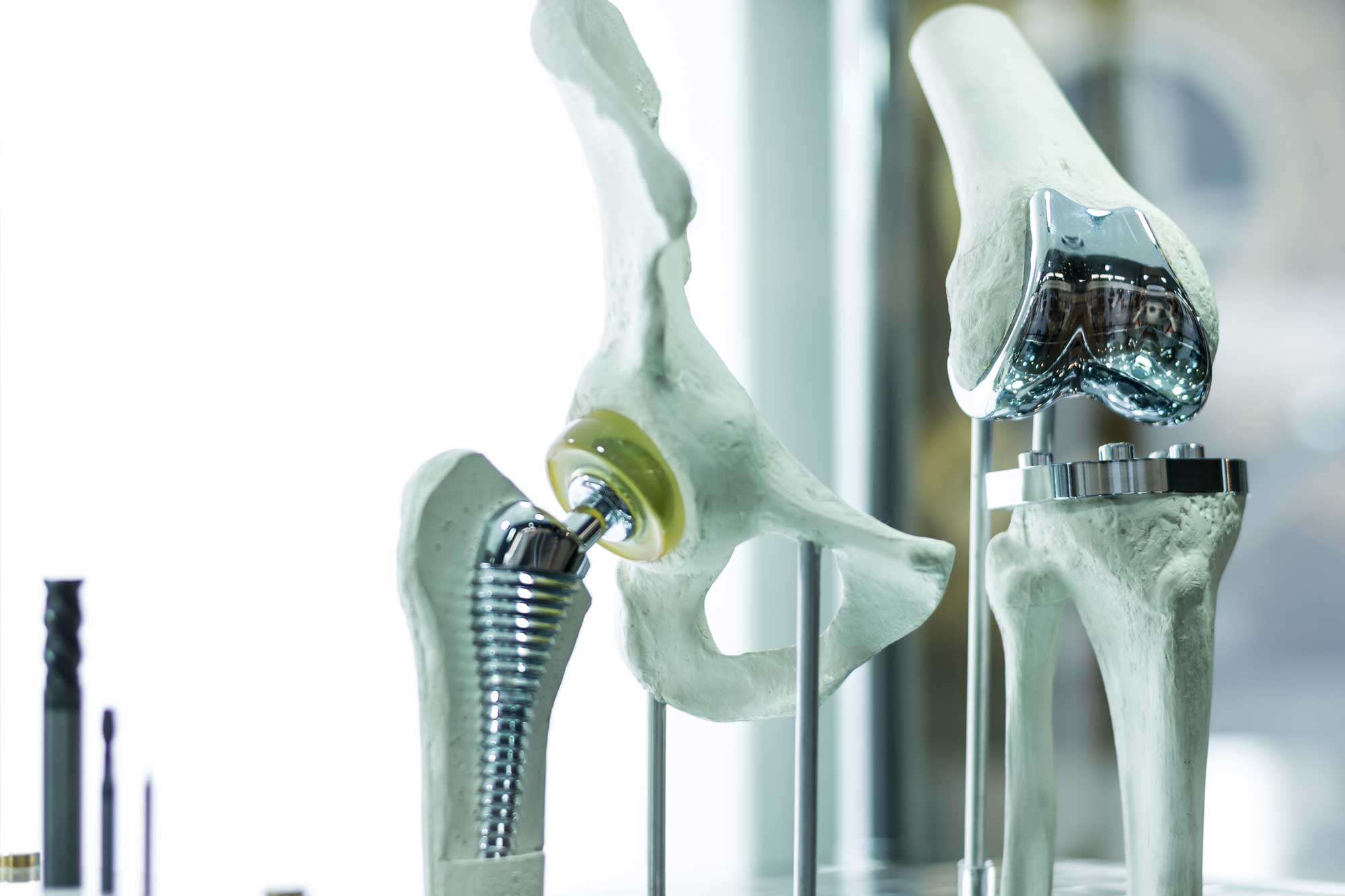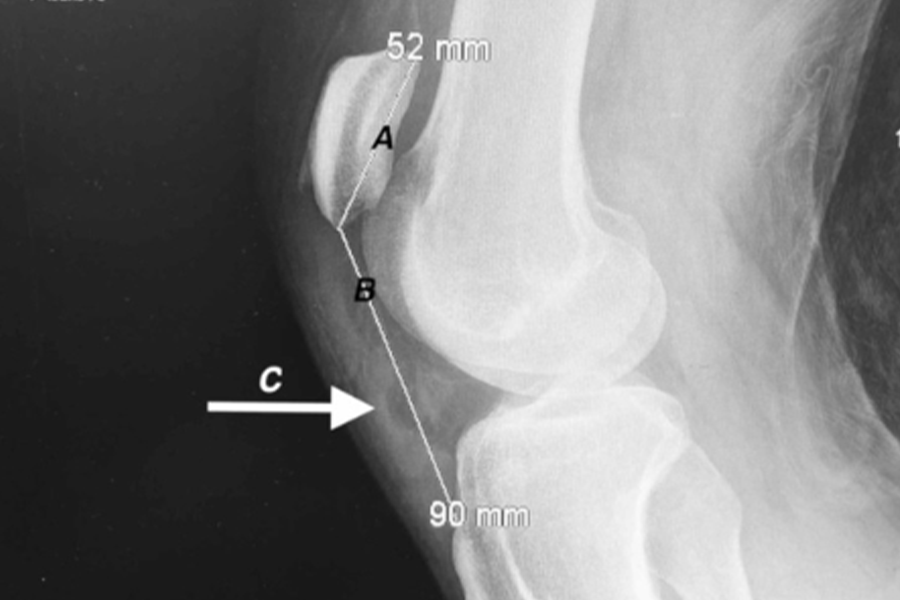Joint replacement can be transformative, restoring mobility and relieving pain that interferes with daily life. But when is it the right time to consider this surgery? Here are some points to assess whether joint replacement could be in your future and important questions to ask your surgeon to make informed decisions.

Signs It Might Be Time for Joint Replacement
Persistent joint pain that requires regular over-the-counter anti-inflammatories or Tylenol is often a warning sign. If you find yourself taking these medications weekly or daily to manage pain, it may be time to look beyond short-term relief. Similarly, if joint injections from your primary care provider or orthopedic surgeon are only effective for a few weeks, a joint replacement could offer more lasting benefits.
Here are some other indicators to watch for:
- Persistent pain: daily or weekly pain that requires pain medication.
- Pain that persists after minor injuries, causing discomfort long after healing.
- Painful grinding or popping in the knee or hip joint, signaling joint instability or worn cartilage.
- A noticeable decrease in range of motion, making it hard to perform activities that once felt easy; difficulty bending, straightening, or walking without discomfort.
- Decreased quality of life: when knee pain prevents you from doing the things you love.
- Feelings of instability in the knee, where it seems unreliable to support weight.
- Pain or instability in a previously replaced joint, which might indicate the need for revision surgery.
Dr. Comrie, Joint Specialist at Sano Specialty Care, advises on some queues, “It may be time to consider joint replacement if your pain is severe more often than it isn’t; if the pain is keeping you from doing things that you like to do, want to do, or need to do; or, it is impacting you on a day to day basis.”
Key Questions to Ask Before Joint Replacement Surgery

Discussing joint replacement options with your surgeon provides an opportunity to explore both the procedure and what to expect before and after surgery. Here are essential questions that can guide your preparation and help you determine the right course of action:
- How will I know it’s the right time? Your surgeon can help assess your pain levels and how they impact your quality of life. Generally, if pain affects your ability to enjoy daily activities or perform essential tasks, joint replacement may be beneficial.
- What should I expect post-surgery? Understanding the recovery timeline, physical therapy requirements, and equipment needs will prepare you for the months following surgery.
- Are there non-surgical options left? Confirm that all conservative treatments, like injections or physical therapy, have been tried.
- What approach will you use? For hip replacements, ask about the surgical approach and any specific precautions to follow. For knee replacements, inquire whether a partial or unicompartmental replacement is possible.
- How will my pain be managed? Effective pain control post-surgery is essential to a comfortable recovery.
- When can I resume driving? Knowing when it’s safe to drive can help with planning your return to normal life.
- What type of anesthesia will be used? This is especially relevant if you’ve had past reactions to certain anesthesia types.
- Are there risks or long-term restrictions? Knowing the risks and any permanent activity modifications helps set realistic expectations.
Exploring Alternatives to Joint Replacement
For those looking to delay or avoid joint replacement, several non-surgical options may provide relief and improve joint function. Physical therapy can strengthen the surrounding muscles and improve joint stability, potentially easing pain and improving mobility. Injections, such as corticosteroids or hyaluronic acid, can reduce inflammation or add cushioning to the joint, though their effects are typically temporary. Newer treatments, like platelet-rich plasma (PRP) or stem cell therapy, aim to use regenerative techniques to reduce pain and improve joint health, though these are often still under study.
Considering a Joint Replacement Revision?
Revision joint replacement is a procedure to repair or replace an existing implant that has worn down, become unstable, or is causing pain. Over time, even high-quality implants can loosen, wear out, or fail due to infection, injury, or simply long-term use. Revision surgery tends to be more complex than an initial joint replacement, often requiring specialized techniques to address weakened bone or other complications.
If you’re considering a revision, it’s essential to discuss:
- The reason for the revision: Understanding why the initial implant is failing or causing discomfort helps tailor the approach.
- What to expect during recovery: Revision surgeries can sometimes involve longer recovery times, and a thorough discussion with your surgeon about anticipated healing time and physical therapy needs is crucial.
- Risks and benefits: While a revision can restore function and alleviate pain, it’s essential to weigh this with potential risks unique to revision procedures.
Consulting a skilled joint specialist with experience in revision surgeries can help you understand your options and set realistic expectations for your recovery and future joint health.
Your Next Step for Joint Replacement
If you’re struggling with joint pain and stiffness, this is your year for pain relief. Contact Sano Specialty Care today to schedule a consultation. Whether this includes joint replacement or other treatment options, we’ll help you develop a plan to get you back to doing the things you love.








